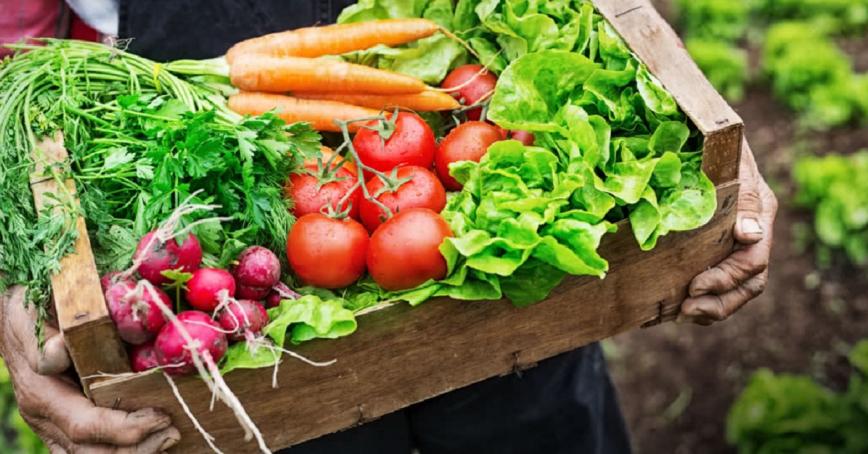How does this garden grow… community?

When an institution references sustainability, it is usually looking to the future. In the case of Royal Roads University and its plans for its food garden, it is also looking to the past.
The walled, seven-acre plot adjacent to Hatley Castle dates back more than a century and was intended by former premier and lieutenant-governor James Dunsmuir as a self-sustaining kitchen garden for the estate. Long before that, the land on which Royal Roads sits was a place where generations of the Esquimalt (Xwesepsum) and Songhees (Lekwungen) First Nations people lived and harvested food and medicine from both land and sea.
But today, rejuvenating that garden in time for the 2022 growing season is a key component of A Vision in Bloom, Royal Roads' fundraising campaign to restore and maintain the university’s historic gardens and related facilities. The university intends to complete an environmental assessment, improve the drainage in the garden and turn it back into a thriving producer of fruits and vegetables for both the university and the Vancouver Island community around it.
“The potential is huge just because the land and the infrastructure were set up for food production,” says Emma Lansdowne, a gardener at Royal Roads. “The site itself is beautiful, the soil is lovely, and where it is situated is lovely in terms of climate and sun exposure.”
Calling the garden “a nice bridge to the past” in which orchards date back to the estate’s creation, Lansdowne, who’s also a PhD student in cultural studies whose research focuses on 18th century gardening and botany. She says of the plans for the garden, “What excites me is the potential for a historic restoration that can also be quite forward-looking.”
That means acknowledging and confronting realities of the site’s settler/colonial past and relations with Indigenous people. Still, she says, “I see the potential as being one for a really educational, historically inspired restoration project that can also take on some of the new values that we, as a university, are espousing today.”
Those values include both sustainability — such as organic and regenerative agriculture practices — and expansive community outreach.
“We want to return to fruit and vegetable production on a fairly large scale… And that would be an opportunity to engage with the community,” says Philip Steenkamp, the university’s president and vice-chancellor.
“I also see that as a critical link to our teaching and research missions,” he says. “We have researchers working on food issues and food security issues, and issues like hunger.”
Thus, RRU is aiming to provide fresh produce for use on site as well as to food banks to help people in neighbouring communities, Steenkamp says.
It is also considering a volunteer program in which local residents could get involved in the garden, says Carolyn Levesque, Royal Roads’ associate vice-president, operations and resilience.
In addition, she notes that what is grown and who will benefit are key questions while representation from local First Nations is crucial so the project includes reflections of the site’s history, including as a source of sustenance for Indigenous people.
The built history is present in the garden’s structure, which dates back to its creation. Each of the three sections is unique: In the upper portion, there is an orchard that has produced fruit for the better part of a hundred years; the middle provides vegetable production; and in the lower sections, more vegetables and fruit bushes grow.
“It’s not necessarily big farming or just a garden. It just means we can really work with what already exists and has been there for millennia, and also cultivate these lands into an edible landscape,” says Dr. Hilary Leighton, an eco-psychotherapist and registered clinical counsellor in private practice as well as an associate professor and program head in Royal Roads’ School of Environment and Sustainability.
“We want to work really intimately with the landscape, to learn from it, to uphold the existing Indigenous food systems,” she says.
“This is also, for us, quite a response to the climate emergency. When we create opportunities for multi-functional, pro-environmental landscapes, that signals renewal and reconciliation and kind of a share ecological citizenry, that is a response to the climate emergency.”
Calling the garden “a beautiful way to bring in community,” Leighton says, “People taking up growing as a way to participate in feeding themselves and to know where their food comes from is a beautiful way to reconnect ourselves with the source of life.”